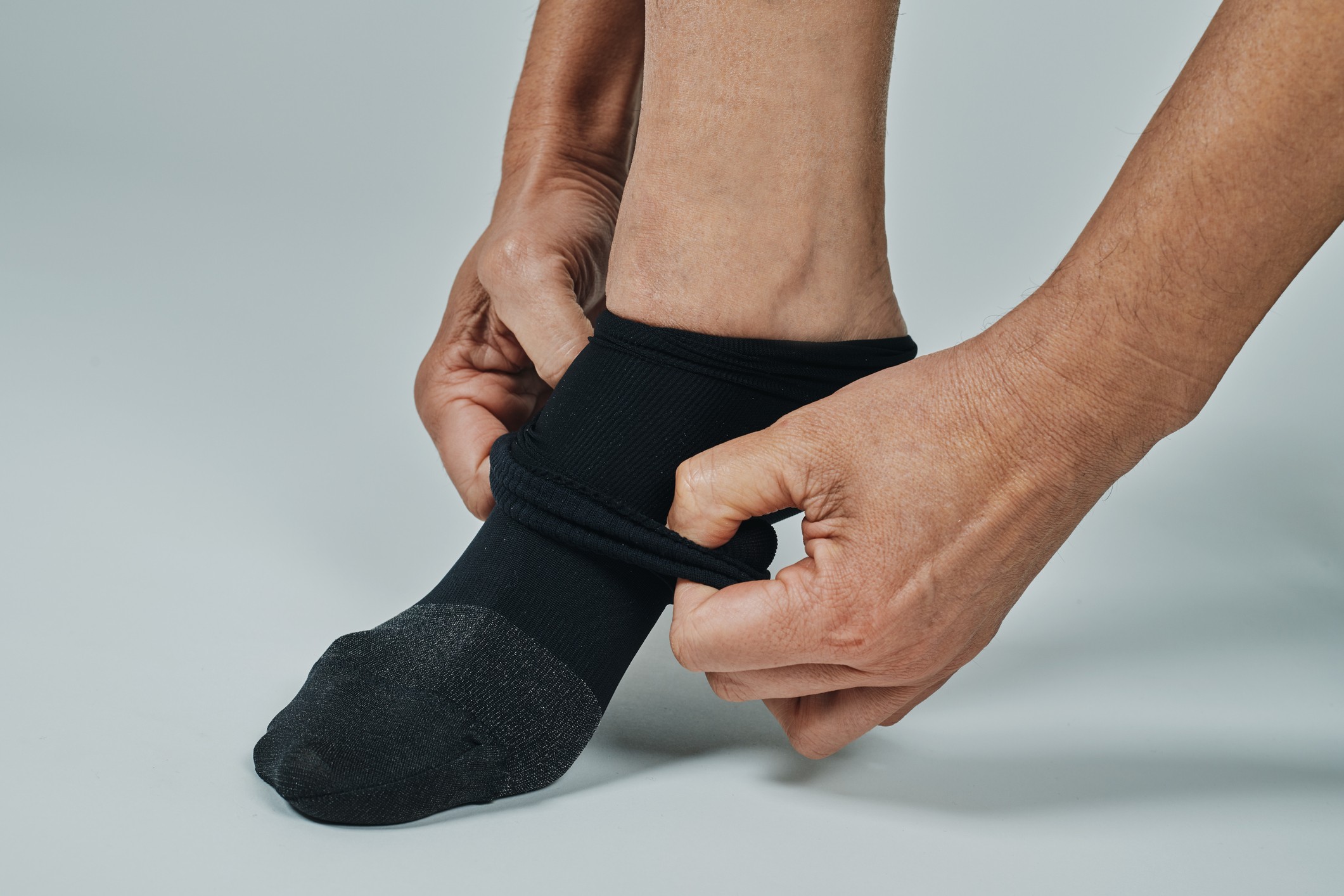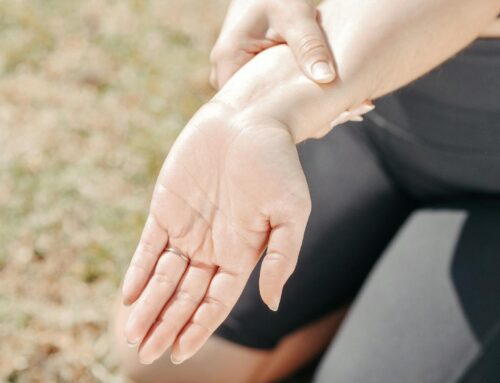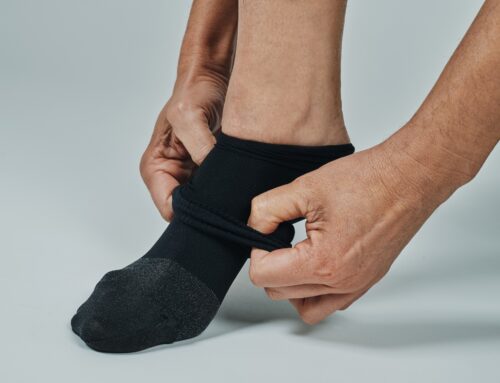Lipedema is often mistaken for regular weight gain or lymphedema, but it’s a unique condition that causes painful swelling and fat buildup in the legs. Many women living with lipedema don’t realize their discomfort and changes in body shape are due to a medical condition. Recognizing the early signs of lipedema swelling is key to getting the right care and preventing symptoms from worsening.
Research suggests that nearly 11% of women worldwide might suffer from lipedema. That’s a startling number, considering the lack of widespread awareness surrounding the condition. It’s neither just “fat” nor is it a simple cosmetic concern. It’s a health condition that can lead to various complications if left untreated.
Recognizing the early signs of lipedema can make a considerable difference. Early intervention may prevent progression, reduce pain, and greatly improve the quality of life. Being informed about its initial indicators is the first step toward seeking timely medical advice and finding effective management strategies.
What is Lipedema and How Does It Affect You?
Lipedema, sometimes referred to as the “painful fat syndrome,” is a chronic disorder of adipose tissue distribution and lymphatic function. This condition results in an abnormal accumulation of fat, primarily in the lower extremities, and occasionally in the arms. Distinctively, the feet and hands remain unaffected, giving the limbs a column-like appearance.
One of the primary characteristics of lipedema is its symmetric presentation: if one leg is affected, the other will be too, and to a similar extent. Moreover, the accumulated fat in lipedema is typically tender or painful to the touch, and patients often bruise easily.
Differentiating lipedema from other conditions is essential for appropriate management. Unlike lymphedema, where swelling is primarily due to fluid buildup, lipedema is related to fat accumulation. Additionally, while general obesity involves fat deposition all over the body, lipedema has a distinct and symmetrical pattern of fat distribution.
Note that lipedema isn’t caused by overeating or a lack of exercise. The condition has a genetic component, and its onset is often triggered by hormonal changes, such as puberty, pregnancy, or menopause.
How to Spot Early Signs of Lipedema
Recognizing these early signs is important since early intervention can help slow its progression and prevent complications down the line. Many women live with undiagnosed lipedema for years, mistaking it for simple weight gain or water retention. By learning what to look for, you can take action earlier and explore treatment options that may reduce discomfort, protect mobility, and support your overall well-being.
While lipedema can vary from person to person, certain physical and sensory symptoms tend to appear in the early stages. Paying attention to these subtle changes in your body can help you seek the right care and avoid further progression of lipedema swelling and discomfort.
Physical Symptoms
- Disproportional Fat Storage
One of the first signs of lipedema is the uneven accumulation of fat. This typically starts in the lower half of the body, particularly the buttocks and legs. Over time, while the upper body may remain relatively unaffected, the lower body becomes increasingly larger. - Pain or Tenderness in Legs
Individuals with lipedema often experience aching or sensitivity in the affected areas. The pain may worsen over the course of the day or during physical activities. - Leg Bruising with Minimal Impact
A notable symptom of lipedema is the ease with which bruises form. Light bumps can result in noticeable bruising, and often individuals can’t recall the impact that led to the bruise.
Emotional and Other Indicators
- Fatigue or Low Energy
Due to the strain the additional weight places on the body and other factors associated with lipedema, individuals may often feel unusually tired or drained, even after adequate rest. - Emotional Disturbances Linked to Physical Changes
The physical manifestations of lipedema can be emotionally distressing. Feelings of embarrassment, frustration, or sadness may arise, especially if the individual is unaware of their condition and believes the changes are due to lifestyle choices.
Lipedema Risk Factors and Triggers
Lipedema is a chronic condition characterized by the abnormal accumulation of fat, primarily in the legs and arms, leading to pain and mobility issues.
Common risk factors include genetic predisposition, as the condition often runs in families. Hormonal changes, particularly during puberty, pregnancy, or menopause, can also play a significant role in its onset and progression. Triggers such as a sedentary lifestyle, weight gain, and hormonal imbalances can exacerbate the symptoms. Recognizing these factors and triggers can help in the early detection and effective management of lipedema
Genetics and Family History
Lipedema, much like many other medical conditions, often has its roots in genetics. Studies and anecdotal evidence suggest that those with a family history of lipedema are at a higher risk of developing the condition themselves. If a close relative, especially a mother or grandmother, exhibits symptoms of lipedema, it heightens the probability of the subsequent generation facing similar challenges.
Hormonal Changes
The onset and progression of lipedema are closely linked with significant hormonal shifts in the body. These pivotal moments often serve as triggers, exacerbating or spotlighting the symptoms:
- Puberty
As the body undergoes numerous changes and begins producing adult levels of hormones, many young women might start to observe the initial symptoms of lipedema. This period of growth and development can be the first time disproportionate fat storage becomes evident. - Pregnancy
The body experiences a surge of hormones during pregnancy, and the additional physical strain can act as a catalyst for lipedema. Some women notice an exacerbation of symptoms during this period or even the onset of new symptoms. - Menopause
As the body’s estrogen levels dip and hormonal balance shifts once again during menopause, women may see a progression in their lipedema symptoms. The changes in fat distribution and metabolism during this phase can further compound the challenges associated with lipedema.
Importance of Early Detection
The adage “forewarned is forearmed” holds significant weight. Lipedema is no exception. Early detection and intervention can be the deciding factors in how this condition impacts one’s life. Recognizing and addressing lipedema in its infancy can significantly alter its trajectory, providing numerous benefits to the individual.
If left untreated, lipedema progresses through stages, each more severe than the last. Initially, the disproportionate fat storage might be subtle, but as the condition evolves, this disparity can become pronounced, leading to mobility issues. Over time, the buildup of fatty tissue can impede blood flow and lymphatic drainage, resulting in painful swelling, skin changes, and susceptibility to infections.
Benefits of Early Intervention
Catching lipedema early can make a meaningful difference in how the condition progresses, and in your daily comfort and confidence. Early intervention offers several important benefits:
- Symptom Relief
With early treatment, many physical symptoms like pain, tenderness, and swelling can be better managed or even reduced. This can help improve mobility and prevent complications that often arise as the condition progresses. - Improved Quality of Life
Recognizing lipedema early allows individuals to stay more active and continue enjoying daily activities without unnecessary discomfort. Addressing symptoms sooner can help preserve independence and participation in things you love. - Emotional Well-being
A timely diagnosis provides space to process and understand the condition, reducing feelings of frustration or isolation. With the right support and interventions, individuals are better equipped to manage both the emotional and physical challenges of lipedema. - Cost Savings Over Time
Early management can help avoid more intensive, costly treatments down the road. By taking proactive steps, individuals may reduce the need for advanced medical interventions later.
One proactive step is considering compression garments designed for lipedema. These garments can help manage swelling, improve comfort, and support better mobility when fitted properly.
Early detection isn’t just about slowing progression, it’s about protecting your overall well-being and helping you live fully and comfortably.
What To Do if You Suspect Lipedema
Once you suspect that you might be showing signs of lipedema, it’s imperative to take prompt action. Being proactive not only aids in early detection but also ensures that you have access to the right resources and support systems to manage the condition. This section sheds light on the diagnostic methods for lipedema and emphasizes the significance of professional consultations.
Lipedema Diagnostic Tests and Methods
Because lipedema is often mistaken for other conditions like lymphedema or obesity, getting an accurate diagnosis is an important first step. A proper diagnosis ensures you receive the right care and treatment.
Below are some of the tests and evaluations doctors may use to help confirm lipedema:
- Physical Examination
The diagnosis usually begins with a physical exam. Your doctor will check how fat is distributed in your body, look for tenderness in certain areas, and assess other telltale signs of lipedema, such as easy bruising or a column-like shape in the legs. - Water Displacement Test
This simple test measures how much water is displaced when your leg is submerged. By comparing the volume of swelling to normal tissue, doctors can get a better sense of whether lipedema may be present. - Ultrasound
An ultrasound can give a clearer picture of the fatty tissue underneath your skin. It helps distinguish lipedema’s unique fat buildup from other types of swelling or fat accumulation. - MRI (Magnetic Resonance Imaging)
While not always required, an MRI can provide a more detailed view of the tissues in your legs and arms. This imaging test is sometimes used in more advanced cases to better understand the extent of the condition. - Lymphoscintigraphy
This imaging study looks at how well your lymphatic system is working. It can help rule out lymphedema by showing whether lymph fluid is moving normally through your body. (further reading: Lipedema vs. Lymphedema)
Professional Consultation
Identifying lipedema marks the onset of a journey. While understanding the condition is important, navigating its intricacies, from management to emotional repercussions, necessitates expert intervention.
Healthcare professionals with a specialization in lipedema offer invaluable insights, elucidating the nuances of the condition, customizing treatment modalities, and offering strategies for symptom relief.
The treatment spectrum is broad, encompassing compression therapy, tailored diets, and surgical procedures. Engaging with a healthcare expert ensures the adoption of an approach finely tuned to one’s unique situation.
Taking the Next Steps in Lipedema Management
Lipedema, a condition often cloaked in misunderstanding and misdiagnosis, demands our attention more than ever. Its insidious onset and subtle early signs can easily be dismissed or misinterpreted, potentially leading to more severe complications and a diminished quality of life down the line. This makes awareness, both among the public and healthcare professionals, not just valuable but indispensable.
If there’s one takeaway from our exploration of the early signs of lipedema, it’s the profound impact of early detection. Catching the condition in its nascent stages can pave the way for timely interventions, holistic management approaches, and a significantly improved prognosis. Beyond the physical manifestations, the emotional and psychological toll of lipedema cannot be understated. The value of a supportive community and informed healthcare professionals in navigating this journey is immeasurable.
Ready to explore the benefits of compression therapy? Ensure the perfect fit with our experts at Care-Med. Schedule your compression garment fitting appointment today and take a proactive step towards better health.
Share This Story, Choose Your Platform!
Table of Contents
We specialize in orthotics, body braces, and compression wear tailored to your unique needs in Toronto. Reach out to us at info@caremed.care or call 416-782-5353 to book your fitting and consultation.
Experience the difference of customized solutions designed just for you.











